Thinking of purchasing or upgrading your fridge, washing machine, or another appliance? Here’s how to read Energy Rating Labels so you understand energy efficiency.
Best lightbulbs to save energy and money
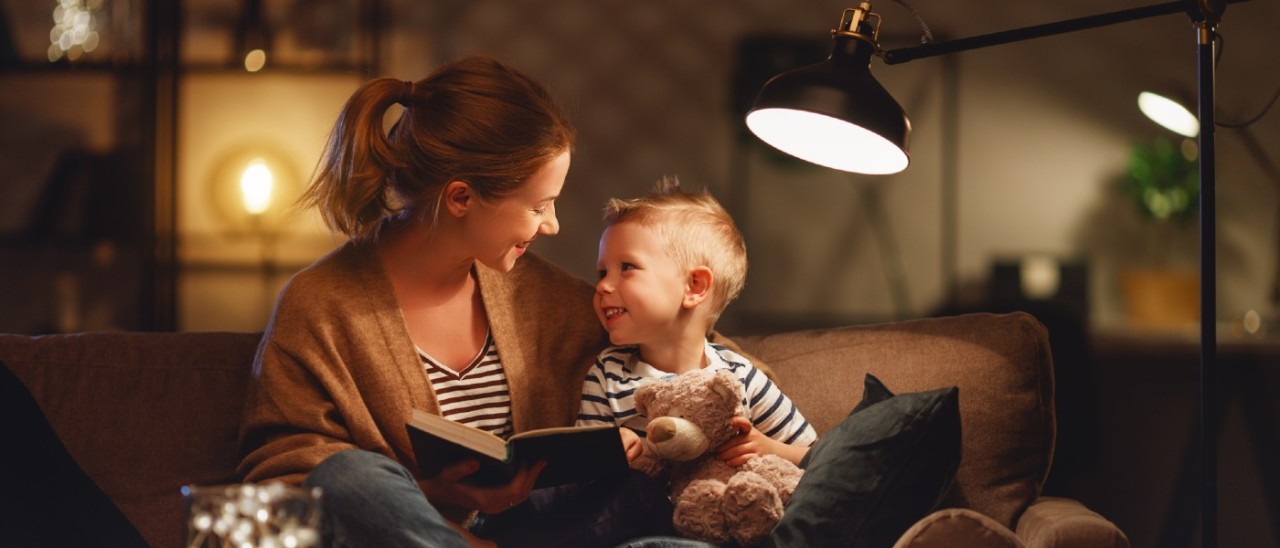
Lighting is no longer just about visibility - it's about energy efficiency, smart-tech integration, and long-term savings. Find out what kind of lighting is making older technologies obsolete.
Lighting can account for up to 10 per cent of your household energy bills, according to the Department of Climate Change, Energy, the Environment and Water (DCCEEW). One of the simplest, most effective steps you can take to save money on your energy bill is to swap your old lightbulbs for energy-efficient LED lighting.
Light-emitting diode (LED) bulbs are widely recognised as the gold standard in residential lighting. They use significantly less energy than traditional bulbs, last much longer, and offer impressive brightness and colour options. Licensed eletricians can help your household switch to LED lightbulbs.
Here's everything you need to know about why LEDs are the best choice for Victorian homes.
Looking for more energy efficiency tips?
Why LEDs are the best lightbulbs to save energy and money
Types of lightbulbs in Australia
Lightbulbs come in all shapes and sizes, but the main lightbulb types are:
- Incandescent
- Halogen
- Compact fluorescent lamp (CFL)
- Light-emitting diode (LED).
LEDs: the most energy-efficient lightbulb
Benefits of LEDs
LEDs produce maximum light for minimal electricity, making them the most energy-efficient and best lightbulb. While LEDs are typically the most expensive type of lightbulb to purchase, they won't have to be replaced for many years. Energy Rating reveals that a good LED can last up to 15 times longer than a halogen lightbulb, and use around 75 per cent less electricity.
Available in a wide range of brightness levels, colours and fittings, LEDs are now the preferred choice for most Australian homes.
How LEDs work
LEDs don't use filaments or vapours to create light. Instead, an electric current is passed through an electrical component called a diode. As the current passes through, electrons drop to lower energy levels and that energy is converted to light. The process is highly efficient, with much less heat being produced and more energy being converted directly into bright light.
Fluorescent lightbulbs: a solid all-rounder
Benefits and downsides of CFLs
Fluorescent lightbulbs, which are commonly produced as carbon fluorescent lamps (CFLs), are more energy-efficient than both incandescent and halogen bulbs. Energy Rating reports that CFLs can last three to eight times longer than a halogen lightbulb.
On the other hand, CFLs may take time to warm up into their full brightness, may flicker, and contain small amounts of mercury that requires careful disposal.
How CFLs work
A fluorescent bulb's tubes contain mercury vapour, which generates invisible ultraviolent (UV) light when it interacts with an electrical charge. The UV hits the tube's phosphor lining to create bright, visible light with low heat.
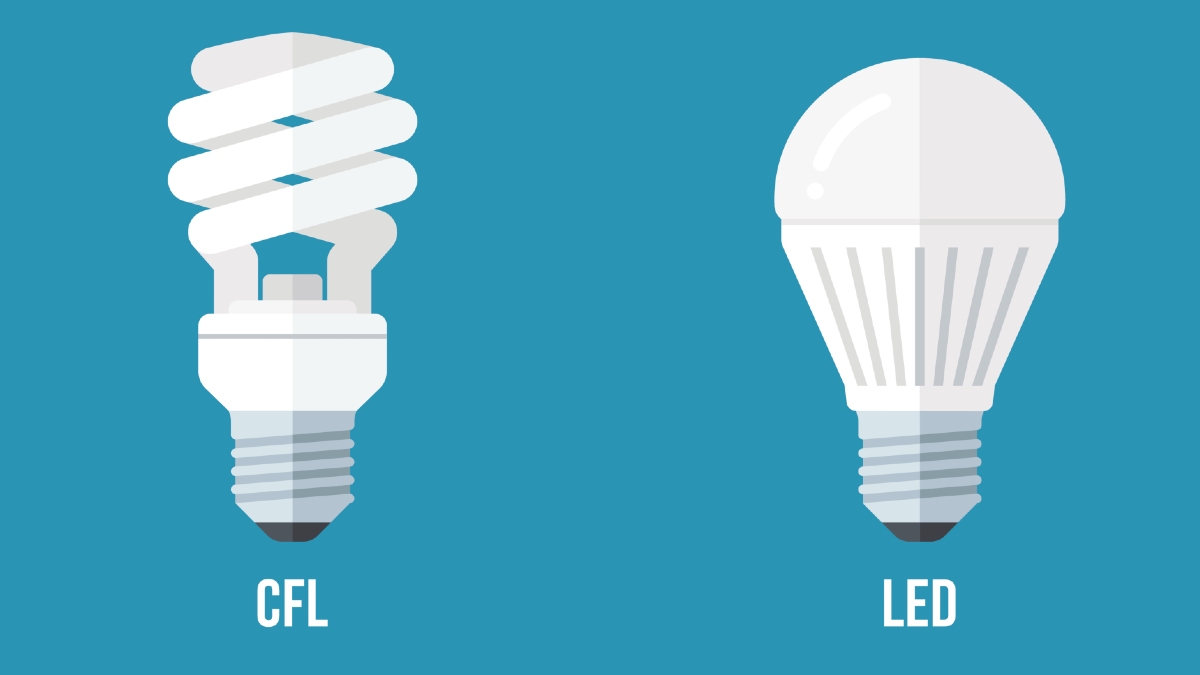
LEDs are the most energy-efficient type of lightbulb. Image: Getty
Halogen lightbulbs: cheap to buy, expensive to run
Benefits and downsides of halogen lightbulbs
While halogen lightbulbs are very cheap to buy, they will cost you more than fluorescents or LEDs in the long run because they are inefficient and have a short lifespan (around 1,000-2,000 hours). The Australian Government's Energy Rating website reveals that replacing ten halogen lightbulbs with LEDs could save over $2,000 and three tonnes of greenhouse gas emissions over 10 years.
Inefficient halogen lightbulbs have been phased out from the Australian market from 2018. Where an equivalent LED is available, halogen lightbulbs have been removed from the market.
How halogen ligthbulbs work
Halogen lightbulbs are similar to traditional incandescent lightbulbs, but they produce more light. While they also heat up a tungsten filament for light, the lightbulb contains halogen gas that reacts with the tungsten to make the lightbulb hotter and brighter using less electricity. This method also stops the filament from wearing out so quickly.
Incandescent lightbulbs: least efficient
Downsides of incandescent lightbulbs
Incandescent lightbulbs are the most expensive to run, since up to 90 per cent of the energy they use is wasted as heat. They also need regular replacement, as they die quickly at around 1,000 hours of use.
Due to their high energy use and short lifespan, a range of incandescent lightbulbs were phased out in 2009 under the Australian Government's Minimum Energy Performance Standards, with a further phase scheduled from October 2025.
How incandescent lightbulbs work
Incandescent lightbulbs were the standard lightbulb for a long time. They produce light by running an electric current through a tungsten filament wire, which glows brightly once it heats up. These globes will 'blow' (die) once the filament gets too thin from constant heating and cooling.
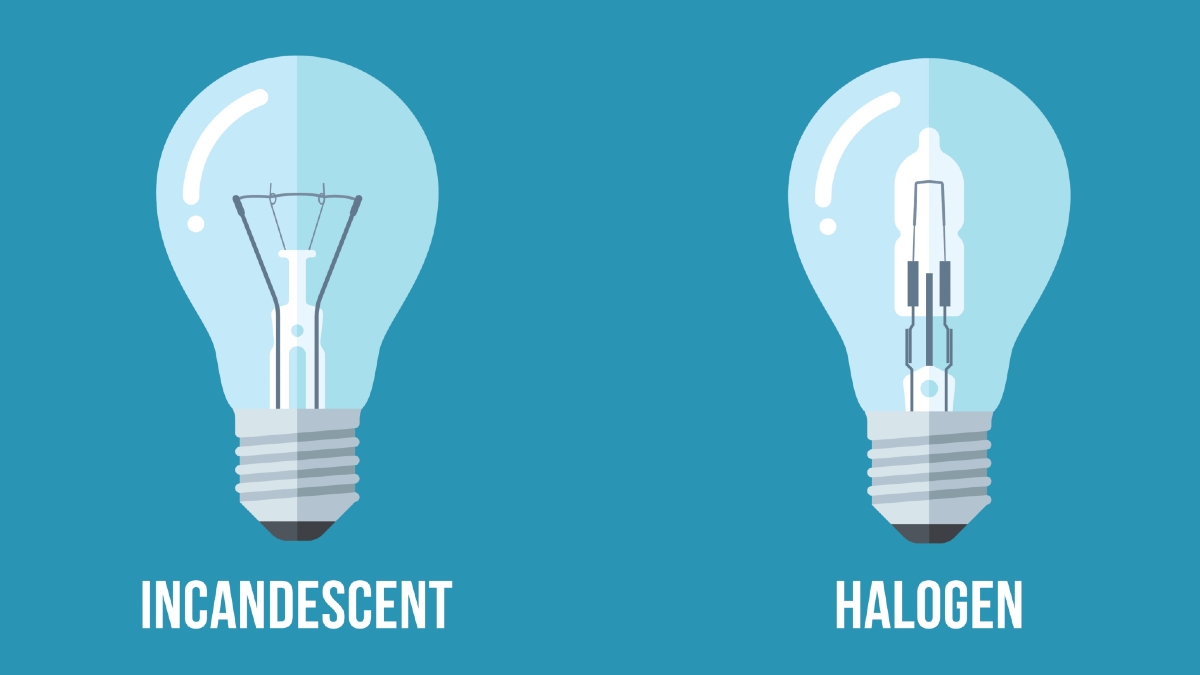
Halogen lightbulbs are cheaper than incandescent lightbulbs. Image: Getty
Why LEDs are the best lightbulb choice
LED lightbulbs stand out for their combination of performance, energy efficiency and long-term value.
Energy efficiency
LEDs use far less electricity than halogen and incandescent bulbs. A standard 10-watt LED can produce the same amount of light as a 60-watt incandescent bulb, while consuming only a fraction of the power.
Long lifespan
Unlike older lighting types, LEDs don't burn out suddenly. They gradually lose brightness over time, with most lasting between 15,000 and 50,000 hours. That's up to 25 times longer than a traditional globe.
Lower household bills
Because they consume so much less electricity, LEDs can save households hundreds of dollars a year, especially in homes with many lights or long operating hours. Energy Rating reports that LEDs can use 75 per cent less electricity than halogen globes.
Reduced heat output
LEDs generate very little heat, making them safer to use around the home and helping to keep rooms cooler during summer. Less heat also means less strain on your air conditioning system, further reducing energy bills.
Versatility
From warm-toned bulbs for cosy bedrooms to bright white lights for task-focused kitchens, LEDs come in a wide variety of styles and colours. They're also ideal for smart lighting systems, outdoor fixtures and sensor-activated lights.
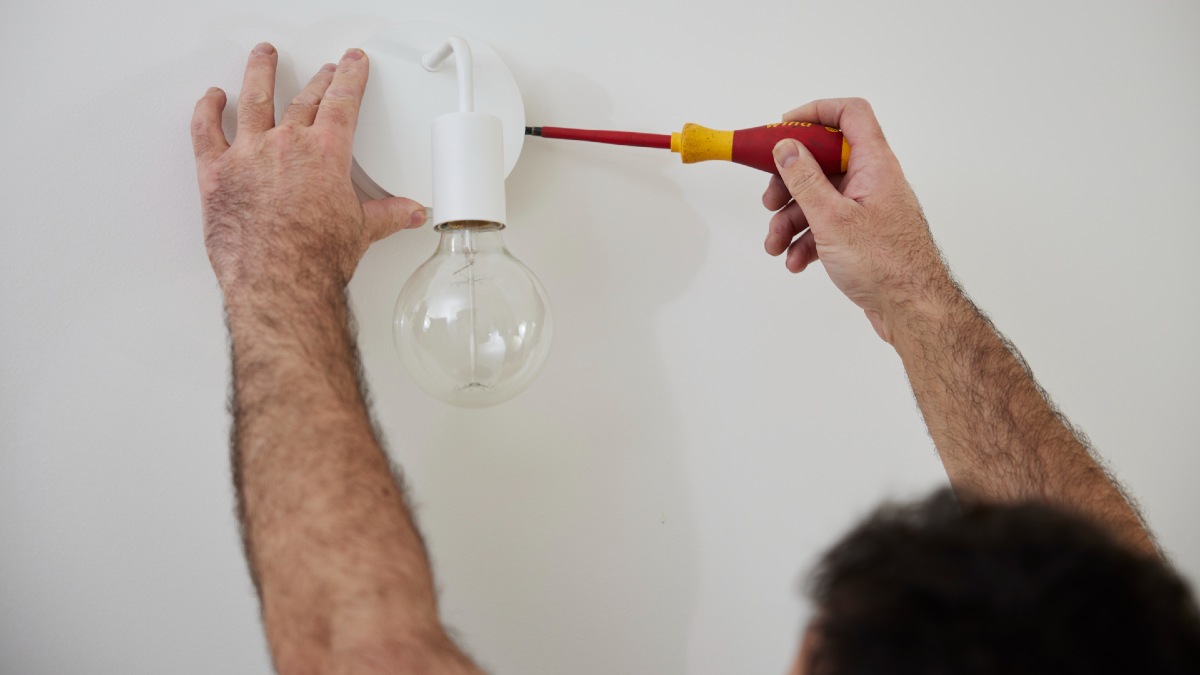
LED lightbulbs are widely touted as the most energy-efficient option.
How to choose the best LED lightbulb
With so many LED options available, there are several things to consider when picking the right one for each room in your home.
Match the fitting
Check whether your current fixture uses a screw (E27), bayonet (B22), or downlight fitting (GU10 or MR16). LEDs are available for all common bases, so just match the code before buying.
Look at the bulb's listed lifetime
An LED's lifetime should not be below 15,000 hours. An LED should list a warranty of at least two years for a 15,000-hour lifetime LED, or at least three years for a >15,000-hour LED.
Check the light output (lumens and watts)
Modern lighting is measured in lumens: a unit that indicates how much visible light the bulb produces. In general, you will need:
- 400–500 lumens - suitable for bedside lamps or accent lighting
- 800 lumens - typical for general-purpose living room lights
- 1,500+ lumens - used for workspaces, kitchens or outdoor areas.
Watts measure the amount of power consumed. LEDs should list an energy efficiency rating in lumens produced per Watt consumed (lm/W). The higher the number, the more efficient the lightbulb. If you can't find this number on the package, just divide the product's lumens by its wattage. LEDs should be at least 60 lm/W efficient.
Choose the right colour temperature
LEDs come in different colour temperatures, measured in kelvins (K):
- Warm white (2,700–3,300K) - soft, yellowish light. Ideal for bedrooms and living rooms
- Cool white (3,300–5,300K) - bright white light for kitchens, bathrooms and laundries
- Daylight (5,300–6,500K) - crisp, blue-white light used for reading, detail work or garage lighting.
Ensure it has a compliance mark
Choose LEDs from reputable brands with good warranty coverage. Cheap, no-name bulbs may not last as long or perform as well, costing more in the long run. In addition, every LED lightbulb must pass the mandatory Australian safety requirements and list the Regulartory Compliance Mark (RCM) on their packaging.
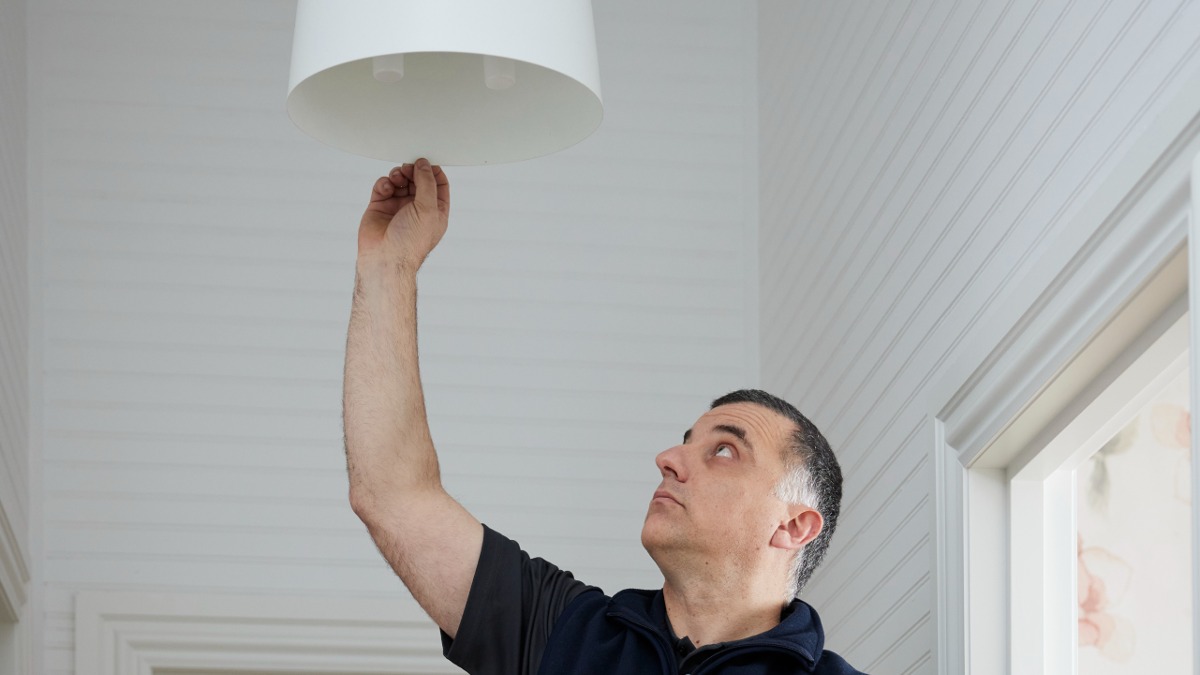
Call a licensed electrician to swap any complex light fittings in your home to LED bulbs.
How to switch to LED lightbulbs
Upgrading your home to LED lighting can be done gradually or all at once, depending on your budget and needs. The good news is that LED lightbulbs can be used in most light fittings, even those designed for halogen or incandescent lightbulbs.
Replace high-use lights first
Start with the bulbs that are used most often or left on for long periods. Swapping out just a few high-use bulbs can have a noticeable impact on your energy bill.
Assess which globe type you need
Make sure you purchase LED bulbs that match your light socket. Lightbulbs have different caps (bases) that lock them into the light socket. Most Australian household lightbulbs use a bayonet cap with a 15mm or 22mm diameter, so you will see the code B22 or B15 on your old lightbulb's cap.
There are several other cap options, however, so take note of the code to ensure you choose a replacement lightbulb that will fit in the same socket.
If you're replacing just one lightbulb in an area or room that has multiple lightbulbs, ensure you choose the same colour temperature so that your new light matches the rest. A lightbulb's colour temperature is often listed on its base.
Change the bulbs or book in a licensed electrician
While changing a common lightbulb is a relatively simple task, you should still be careful when using a ladder or step stool to reach the fitting. Make sure you have enough light to see what you are doing and let any old bulbs cool down before touching them.
If you're not totally confident changing over your lightbulbs, call up a trusted and licensed electrician to help. Doing something more complex like changing the light fitting, making the light dimmable, or adding switches requires a licensed electrician to ensure the safety of yourself and your home.
More: How to use a ladder safely around the home to prevent falls
Recycle old bulbs
Halogen, CFL and incandescent bulbs should not be placed in regular household bins. Instead, drop them off at your local recycling facility or participating hardware stores.

Smart lighting can track energy usage to help reduce electricity consumption and costs. Image: Getty
How to incorporate LED lightbulbs with smart technology
Lighting systems can be integrated with smart technology. Many modern bulbs and fixtures are Wi-Fi or Bluetooth enabled, allowing users to manage them through smartphone apps or voice assistants. These smart systems let you create custom lighting scenes, adjust brightness, or change color based on mood or time of day.
Smart lighting can also track energy usage in real time, helping you reduce electricity consumption and lower costs. With remote access, you can control their lighting when you're away from home, adding convenience and an extra layer of security if you want to turn lights on at night.
For installations that involve wiring changes, like fitting smart switches or integrating entire smart lighting systems, it's legally required to use a licensed electrician.


